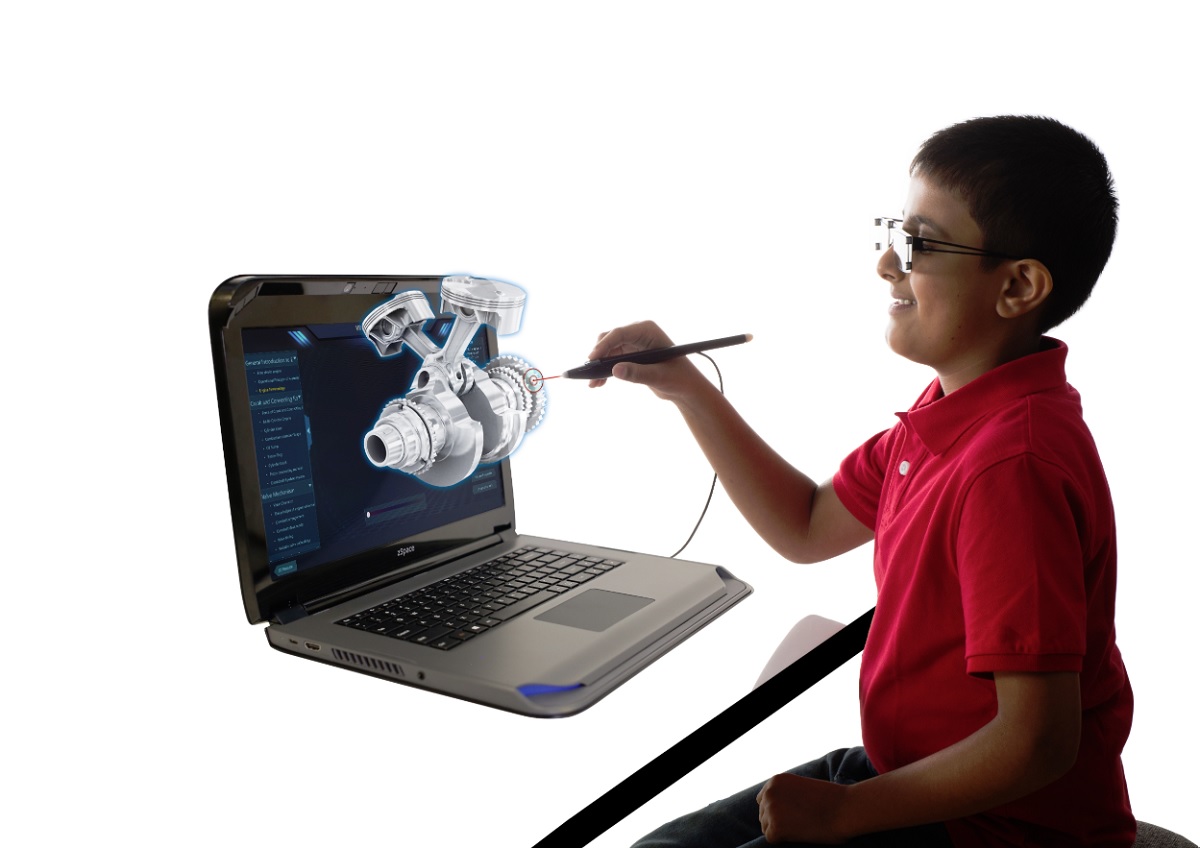Zspace has dedicated itself to “spatial content,” and today it is unveiling a laptop targeted at kids that lets them easily interact with augmented reality or virtual reality content.
The company will show the device, which is available now, at the CES 2019 trade show event in January. The Sunnyvale, California-based company said the laptop is the first portable Windows PC to break the screen barrier between users and VR content by creating a multi-dimensional environment that leaps out of the screen.

Unlock premium content and VIP community perks with GB M A X!
Join now to enjoy our free and premium membership perks.
![]()

![]()